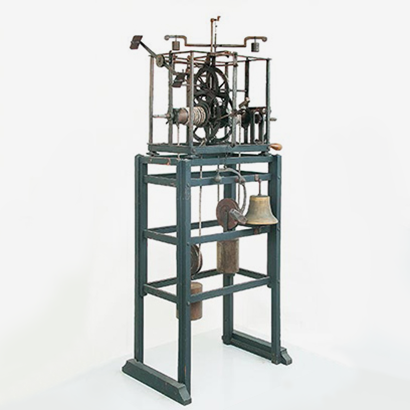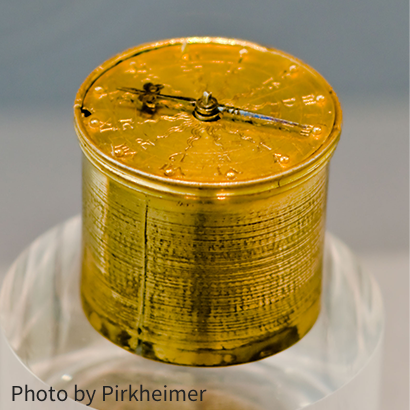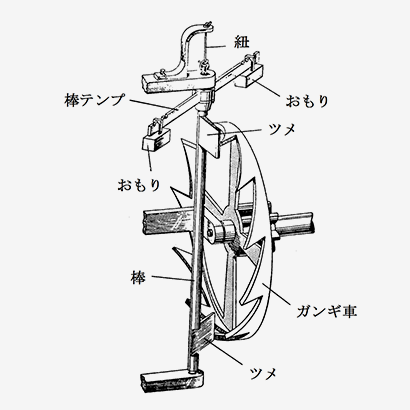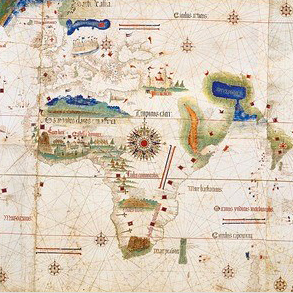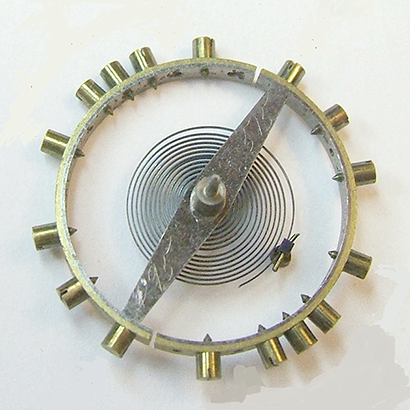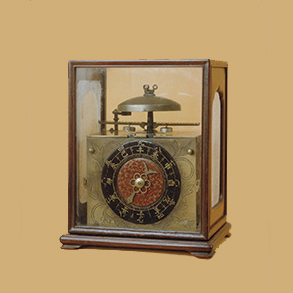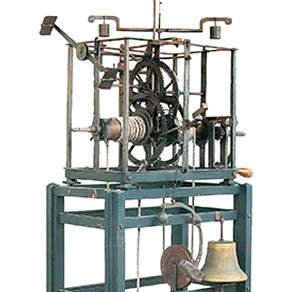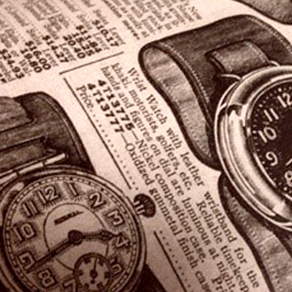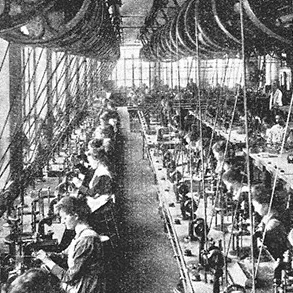The invention of the balance wheel and the cylinder escapement

Huygens, the inventor of the pendulum clock, also invented the balance wheel in 1675.
In the same year, the English clockmaker Thomas Tompion also invented his own balance wheel, based on an idea from his friend Robert Hooke.
A pendulum is isochronous, meaning that it maintains the same cycle even if its amplitude changes. This provided a key to developing accurate timepieces, but it also had a flaw. The problem was that a jolt to the pendulum would interrupt its oscillation and cause it to stop. For these reasons, pendulum clocks could not be moved or carried about and could not be used on ships.
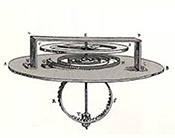
The balance wheel is a mechanism that, while possessing the same isochronous quality as the pendulum, is not so susceptible to vibrations and is therefore portable.
The balance wheel comprises a fine “hairspring” fitted into a metal wheel, with one end of the spring fixed to the wheel and the other fixed to the body of the timepiece. Instead of the back-and-forth motion of a pendulum, the balance wheel rotates around the axis of the wheel in an alternating clockwise and anticlockwise motion. The angle of the hairspring’s rotation is called the oscillation angle. Like the pendulum, the hairspring is isochronous, so the cycle remains unchanged even when the oscillation angle shifts
The invention of the balance wheel made it possible to produce timepieces that could remain accurate even on board a violently rocking ship or when carried about.
Tompion's cylinder escapement

This escapement had no anchor, but instead kept the clock turning at a constant speed by means of a half cylinder on the axle of the balance, which repeatedly halted and released the pallet of the escape wheel as it turned.
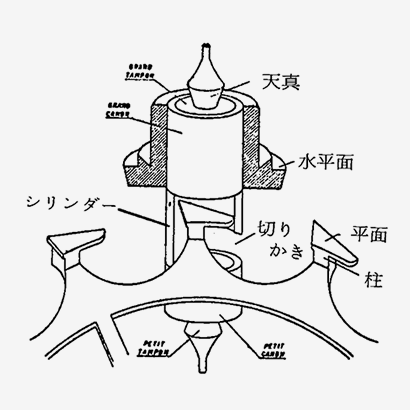
However, this design suffered from considerable frictional wear and had poor durability.
Tompion is also known for successfully manufacturing a pocket watch that was both small and highly accurate, using a balance wheel. Because of its increased precision, this watch had a minute hand.
Tompion was a true pioneer who opened the way to the mass production of timepieces through innovations such as his methods for dividing the steps in watch manufacture and improving the technology for manufacturing parts using a rotary cutter to cut gears correctly—an invention he developed with Robert Hooke. For these reasons, in later years Tompion came to be called “the Father of English Clockmaking.”
Deadbeat escapement developed by Tompion’s follower, Graham
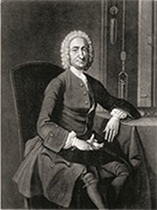
The recoil escapement included a step in which the anchor pushed the escape wheel in the opposite direction. This design flaw reduced accuracy and put strain on the whole clock mechanism. The one to improve this flaw was the English clockmaker George Graham, a follower of Tompion. In 1715 he invented the “deadbeat escapement” for clocks.*
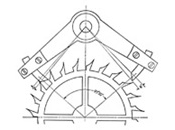
By improving the shape of the pallet (the part where the anchor meets with the escape wheel), Graham was able to eliminate recoil. Instead of producing a recoil motion, Graham’s design fully stopped the escape wheel momentarily. For this reason it was named the “deadbeat.” This mechanism was a breakthrough in the history of timepieces. With the elimination of recoil in the gears, the time of contact between the pallets and the escape wheel was reduced. Thanks to this, the isochronism of the pendulum was maintained and the second hand would stop precisely, without rebounding.
Around 1720, Graham made improvements to the cylinder escapement that Tompion had designed for a table clock and modified it for a small pocket watch. Minimizing the impulse and friction of the balance wheel, he was able to develop a practical design for a portable pocket watch with greater precision.
The cylinder escapement replaced the crown wheel escapement that had been used for pocket watches up to that time. This greatly improved accuracy, and the removal of the verge (teeth) of the crown wheel meant that pocket watches could be made slimmer, but the cylinder escapement still had problems, such as its difficulty of manufacturing and its lack of durability and tendency to wear out.
* Some hold the opinion that it was Tompion who invented the deadbeat escapement, and that Graham merely popularized it.
References
Manual of Timepiece Theory 4, Escapement. Daini Seikosha F
Hirai, Sumio, The story of timepieces. The Asahi Shimbun
Yamaguchi, Ryuji, Timepieces. Iwanami Shinsho


